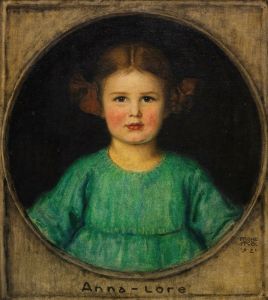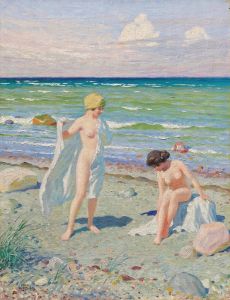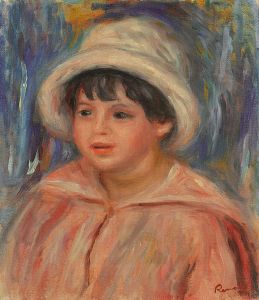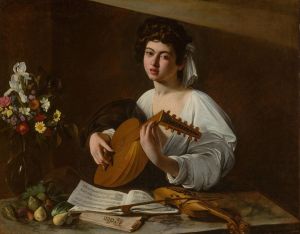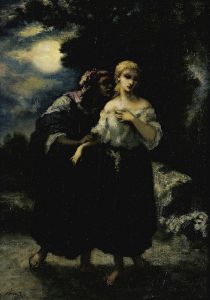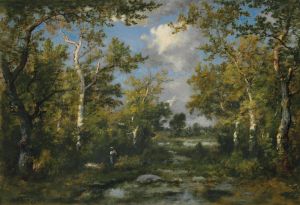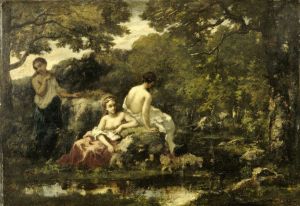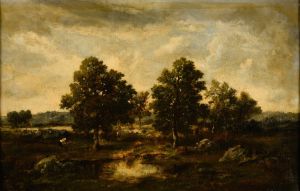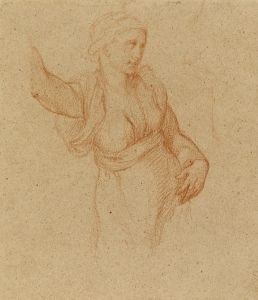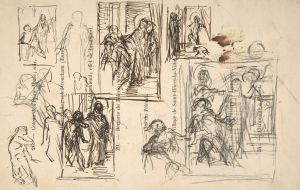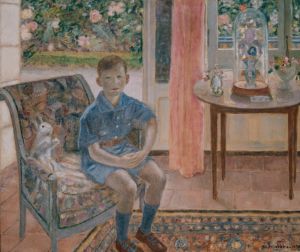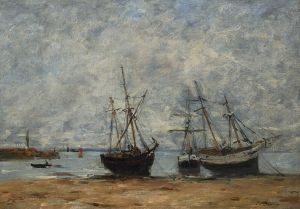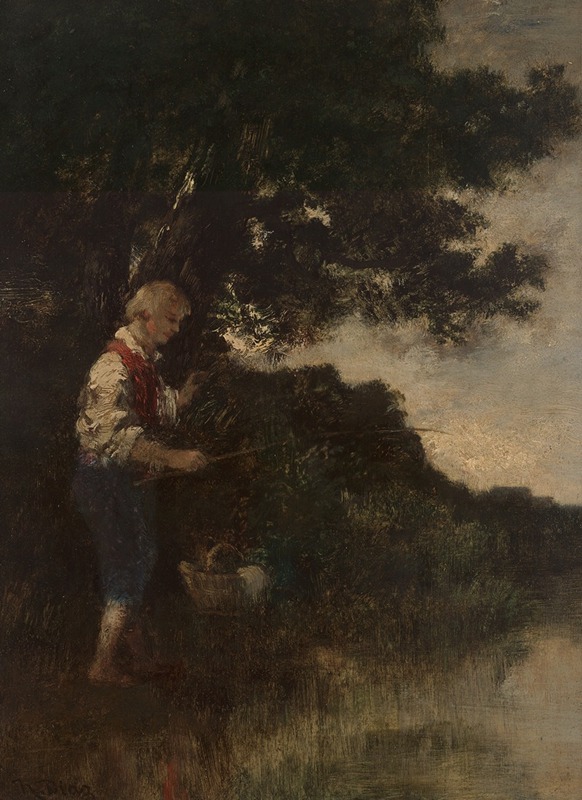
Boy fishing
A hand-painted replica of Narcisse-Virgile Diaz de La Peña’s masterpiece Boy fishing, meticulously crafted by professional artists to capture the true essence of the original. Each piece is created with museum-quality canvas and rare mineral pigments, carefully painted by experienced artists with delicate brushstrokes and rich, layered colors to perfectly recreate the texture of the original artwork. Unlike machine-printed reproductions, this hand-painted version brings the painting to life, infused with the artist’s emotions and skill in every stroke. Whether for personal collection or home decoration, it instantly elevates the artistic atmosphere of any space.
Narcisse-Virgile Diaz de la Peña (1807–1876) was a French painter associated with the Barbizon School, a group of artists known for their focus on natural landscapes and rural scenes in 19th-century France. One of his works, Boy Fishing (French: Garçon pêchant), exemplifies his talent for capturing tranquil, pastoral moments with a romantic sensibility.
The painting depicts a young boy engaged in the simple act of fishing, set against a serene natural backdrop. Diaz de la Peña was known for his ability to render light and texture, and in Boy Fishing, he employs these skills to create a harmonious composition. The scene is imbued with a sense of quietude, reflecting the Barbizon School's emphasis on the beauty of everyday rural life and the intimate relationship between humans and nature.
Diaz de la Peña often painted forested landscapes, particularly inspired by the Forest of Fontainebleau, a popular location for Barbizon artists. While the exact setting of Boy Fishing is not definitively documented, it is consistent with the themes and environments that frequently appeared in his work. The painting showcases his characteristic use of warm, earthy tones and soft brushwork, which contribute to the idyllic and almost dreamlike quality of the scene.
As a member of the Barbizon School, Diaz de la Peña was part of a movement that sought to break away from the formalism of academic art and instead focus on the natural world. His works, including Boy Fishing, often highlight the simplicity and charm of rural life, aligning with the broader goals of the Barbizon artists to celebrate nature and its unassuming beauty.
The exact date of creation for Boy Fishing is not clearly recorded, and specific details about its provenance or exhibition history are limited. However, the painting is representative of Diaz de la Peña's broader oeuvre, which includes numerous depictions of children, pastoral scenes, and woodland settings. His works are held in various collections worldwide, and he remains a significant figure in the history of 19th-century French art.
In summary, Boy Fishing by Narcisse-Virgile Diaz de la Peña is a fine example of the artist's ability to capture the peaceful essence of rural life, reflecting the ideals of the Barbizon School and his personal artistic style.






